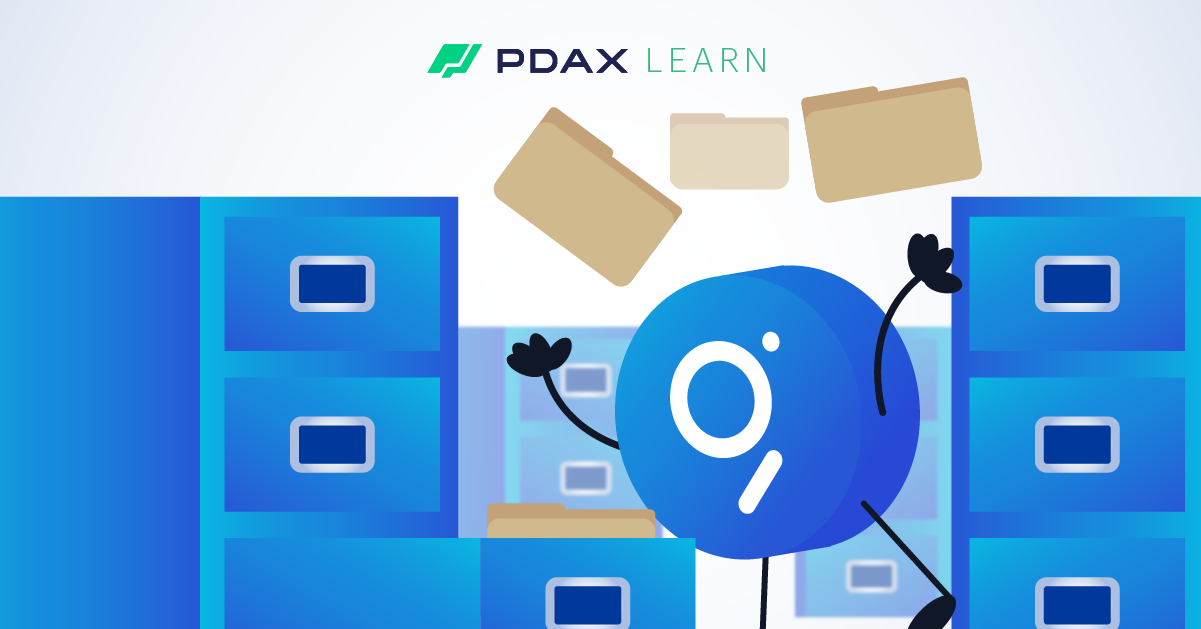We often take it for granted, but our online lives are made so much more convenient thanks to search engines like Google. Given the astronomical scale of the Internet, search engines do the heavy work of sifting through the inconceivable amount of information being constantly uploaded online. Out of this, they build easy-to-access “indexes” which make it extremely easy to find anything just by typing it in the search bar.
But when it comes to information stored in decentralized networks, indexing information will also require a decentralized indexing protocol. This is where ‘The Graph’ comes in as the protocol with the title of “the Google of blockchains,” making life easier for decentralized applications (dApps) and their developers.
The Graph’s unique utility has proven so reliable that it is currently being used by many leading dApps such as Uniswap, Balancer, Aave, Curve Synthetix, Gnosis, Decentraland, and hundreds more and counting.
How does The Graph work?
Without getting too technical, The Graph’s underlying protocol makes it more convenient for developers to sift through data that is stored on the Ethereum network so that they can be utilized by dApps to carry out their functions and query blockchain data in an efficient and streamlined manner.
This matters greatly, as without an index, dApp developers would have to figure out their own methods for sourcing the data they need for dApps to carry out their respective functions. Think of it like having to do online research without Google being invented. Sure, there’s plenty of information already available, but without an index, you would have to figure out how to go to the specific sites on your own without being directed to them–and also determine for yourself how to evaluate if the information you’re getting is, in fact, reliable.
To create its indices, called “subgraphs”, The Graph relies on users who process data to the network, called indexers. But before users can act as indexers, they must first put up a “stake” or collateral using the network’s native token “GRT”, to ensure that they will abide by the protocol. A Proof-of-Index protocol is also set in place to verify if indexers are performing adequately, after which they will be able to receive the network rewards which are allocated every 28 network “epochs” or roughly every 28 days.
Aside from indexers, the network is also kept secure by curators who are in charge of reviewing and monitoring the Graph Explorer to make searches smarter and more efficient, picking the best subgraphs they think should be best used by the community.
What is GRT used for?
GRT is both a utility and a governance token of The Graph network. Aside from being the reward token for paying for the services of indexers and curators, other network users can also participate in governance through staking the GRT they hold and earn a portion of the fees based on the amount of their stake.
To become a delegator, users need only to connect a supported wallet and delegate their GRT to an indexer of their choice, thereby creating more incentive for them to perform better and attract more delegators.
Tokenomics
As of December 2022, GRT has a market cap of approximately $450 million. There are currently 6.9 billion GRT in circulation with a max supply cap of 10 billion GRT.
Upon its launch in 2018, 35% of the total supply was allocated to the community, 23% for the early team and advisors, while 34% was split evenly between two groups of backers and the remaining 8% went to Edge and Node, the core protocol team behind The Graph.
Tokens are released in 3-year vesting periods, with an average of 1% annual burn rate.
Ready to start with crypto?
Start your trading journey with PDAX.
DISCLAIMER: The statements in this article do not constitute financial advice. PDAX does not guarantee the technical and financial integrity of the digital asset and its ecosystem. Any and all trading involving the digital asset is subject to the user’s risk and discretion and must be done after adequate and in-depth research and analysis.
About PDAX
PDAX is a BSP-licensed exchange where you can trade Bitcoin, Ethereum, and other cryptocurrencies directly using PHP!
Featured Posts
You might also like
MON (Monad) is now on PDAX!
PDAX
December 04, 2025
PDAX Learn: USDC on Arbitrum is now on PDAX
PDAX
December 01, 2025
Pump.fun’s PUMP token is now on PDAX! 🎈
PDAX
November 26, 2025
Aerodrome Finance’s AERO token is now on PDAX!
PDAX
November 12, 2025
